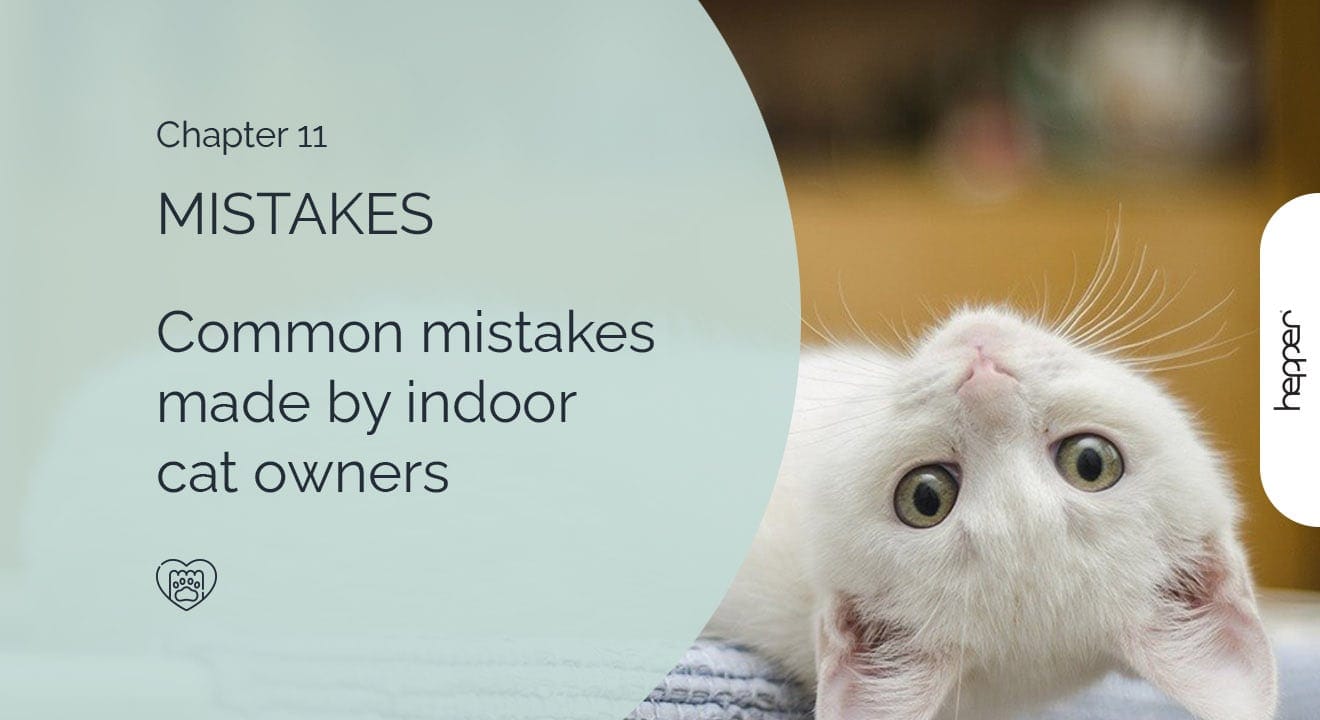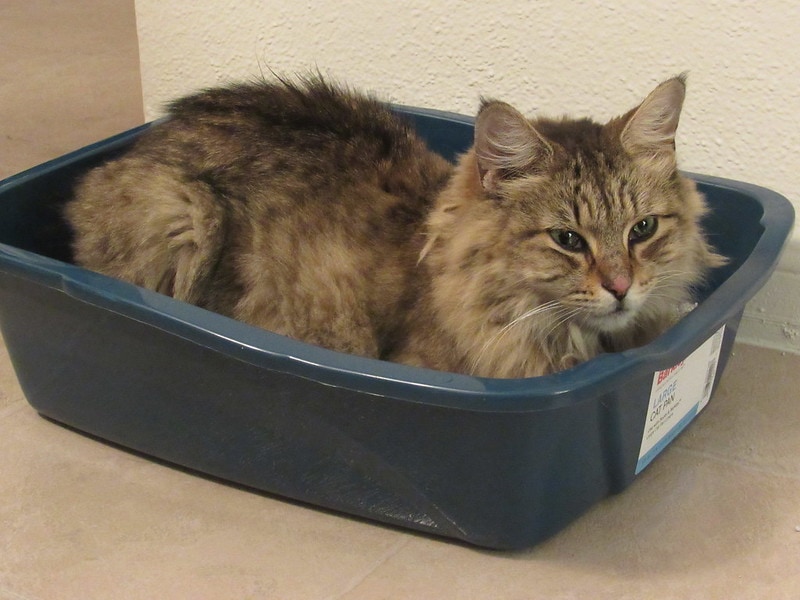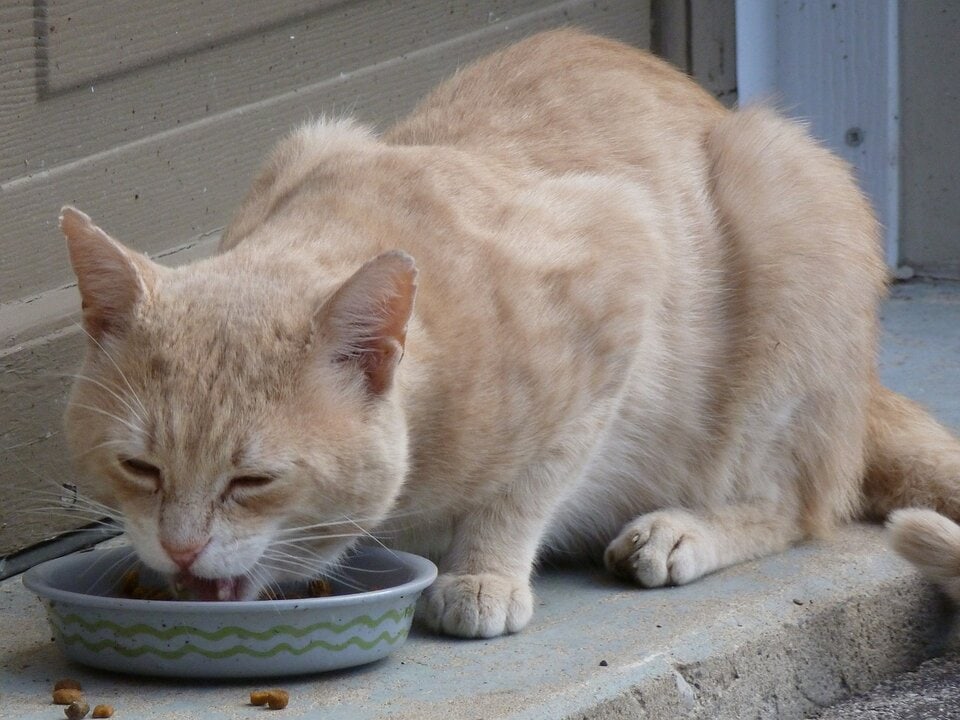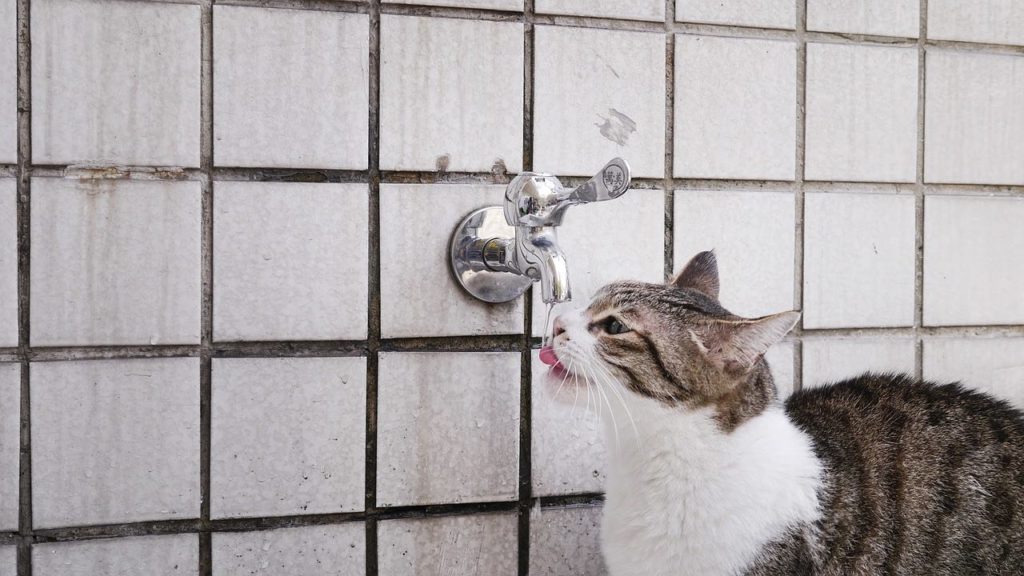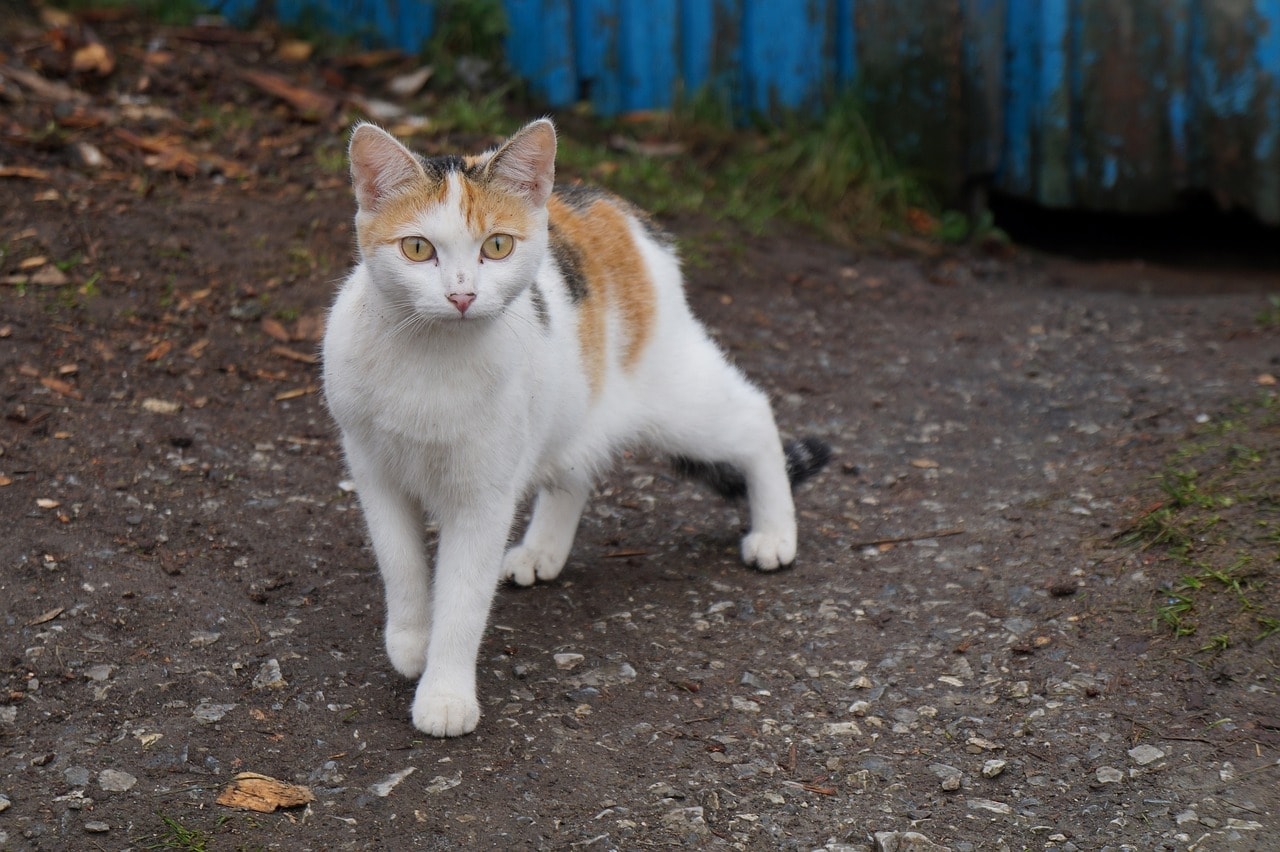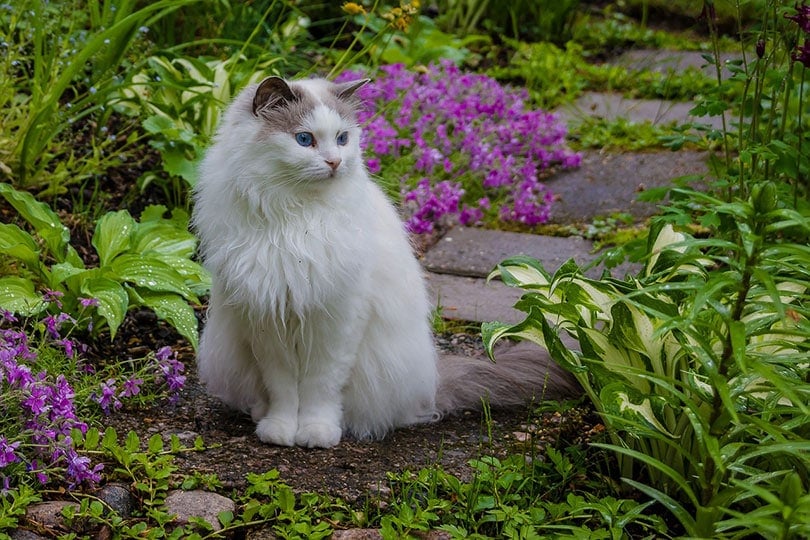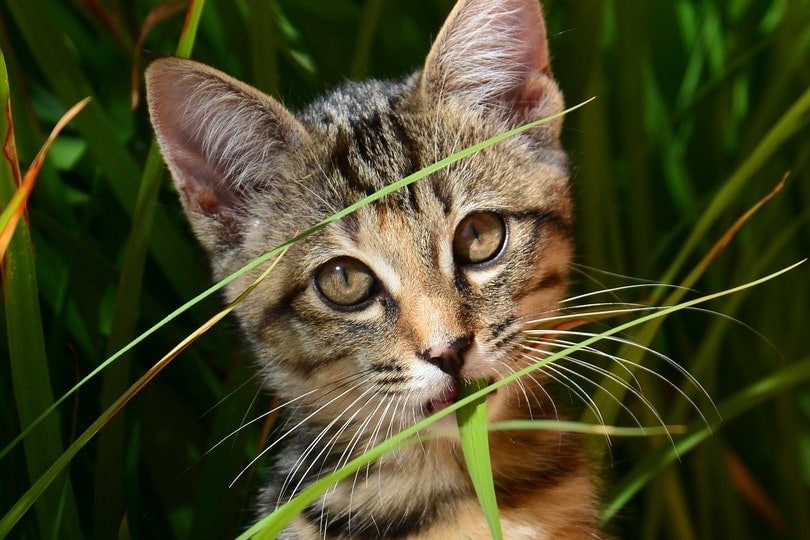Top 6 Biggest Mistakes Made By The Indoor Cat Owner
It is a relatively easy process to make your home the ideal indoor space for your cats, but it can take a bit of time and planning to avoid mistakes.
Once you have covered most of the steps in this book, make sure you read through this last section: a list of common mistakes that indoor cat owners make! Some of these may seem silly – but mistakes do indeed happen.
1. Litter Box Avoidance
There are quite a few cases where cats will toilet inappropriately because the litter boxes aren’t right, the cat doesn’t like the litter, or the boxes aren’t in the right places.
- Make sure you use a low-sided tray for kittens and older cats and follow the advice in the book above when choosing a litter type for your cat.
- Most importantly, ensure the boxes are in different areas of the house – not in the same room, and definitely not next to each other! The area each box is in needs to be a quiet area with little foot traffic.
- Also, make sure you clean used litter out every day and replace all of the litter in the box (and wash and dry the box) once a week at a minimum.
2. Feeding Issues
Many owners have issues with cats stealing each other’s food, or even with the family dog stealing the cat food.
- Try to feed each pet in a separate room to avoid this problem. This can become difficult for cats that like to graze. Thankfully if this is truly a problem, there are individualized cat bowls on the market now that allow only one cat to eat from it, with feeding activated via a microchip.
- Cat obesity is a worldwide problem. Make sure you read the feeding guide on the food that you are feeding your cat and stick to this daily allowance. Also be sure to encourage your cat to exercise via play every day.
3. Drinking Issues
Cats are particularly fussy when it comes to drinking water and owners can find it difficult to get their cats to drink enough water sometimes!
- Try a number of different types of water bowls until you find one that your cat seems to go to most regularly. The most common types of bowls are glass, stainless steel, plastic, or ceramic, and also flowing water cat fountains.
- Make sure you clean these bowls out and replace the water every few days, as most cats will only drink fresh water
- Try changing from a dry diet to a wet or mixed food diet to increase water intake. Or you may want to add some lukewarm water to your cat’s dry food to make it puff up and encourage water intake this way.
Insufficient play or enrichment can cause a range of problems potentially including obesity, inappropriate scratching, inter-cat aggression and even behavioral issues towards an owner.
- Try to set aside 20 – 30 minutes per day to interact with your cat via play. There are many toys and games for cats now, and encouraging exercise via play is a great way to keep your cat busy, moving, and engaged. Interactive tools like videos for cats and games as mentioned above are also very useful.
- Utilizing interactive toys and treat balls while you are away are fantastic ways to keep cats busy throughout the day.
5. Inappropriate Scratching
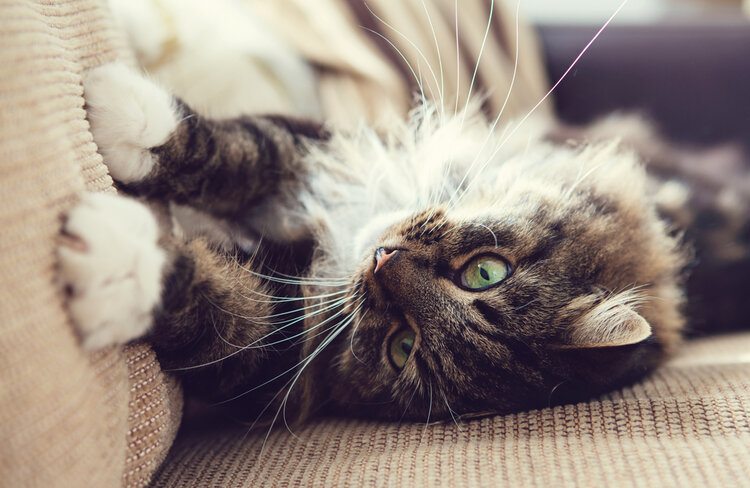
Many owners find their cats will scratch their carpet or furniture, much to their despair! Understanding why cats scratch is the first step – so be sure to refer back to the scratching chapter
- Ensure you have an appealing scratching unit such as the Hepper Hi-Low scratching post first and foremost. Have at least one of these in the main area of the house, and if possible have one in each cat’s safe place as well. Encourage them to use this by sprinkling catnip on it.
- Scratching can become excessive if your cat is bored. Be sure to follow the tips for play and enrichment as mentioned above.
- Keep your cat’s nails well trimmed as mentioned in the scratching section, and have your local veterinary team do this for you if it is too difficult to do at home.
6. Excessive Malting and Hairballs
Owners can find the quantity of hair their cats shed or the number of hairballs they bring up, almost unbearable.
- Regular brushing and grooming at home are very important for this reason.
- Introduce brushing and grooming at a young age if possible and try and make the sessions short and enjoyable for your kitten or cat.
- Using the brushes mentioned in the grooming chapter above will help to make sure the experience is a nice and non-painful one. Brushing your cat daily, particularly if they are longhaired, as well as in the summer months, will help to drastically lower the chance of hairball issues.
- Keep on top of de-fleaing and deworming treatments.
This is Chapter 11 of the 12 Chapter Series:
